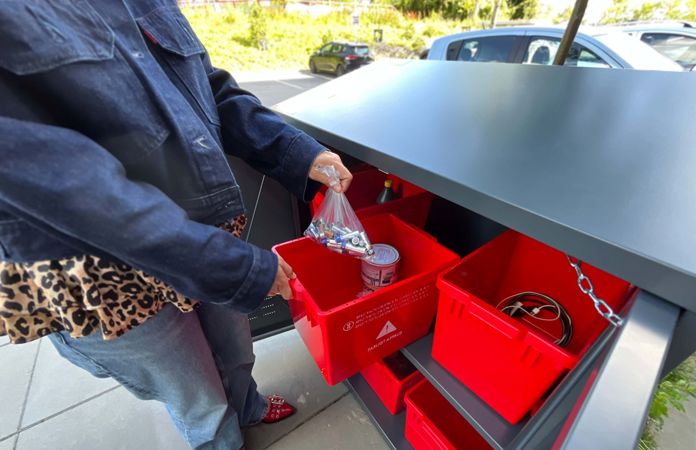Hazardous waste at home
Even though your canned whipped cream, deodorant, and other products might be completely harmless to use, the empty containers can become hazardous waste when you are done using them.
If not handled correctly, the products might be harmful to both people and the environment. Some products must also be handled in a specific way for them to be recycled.
Here is your guide on how to sort your hazardous waste.



